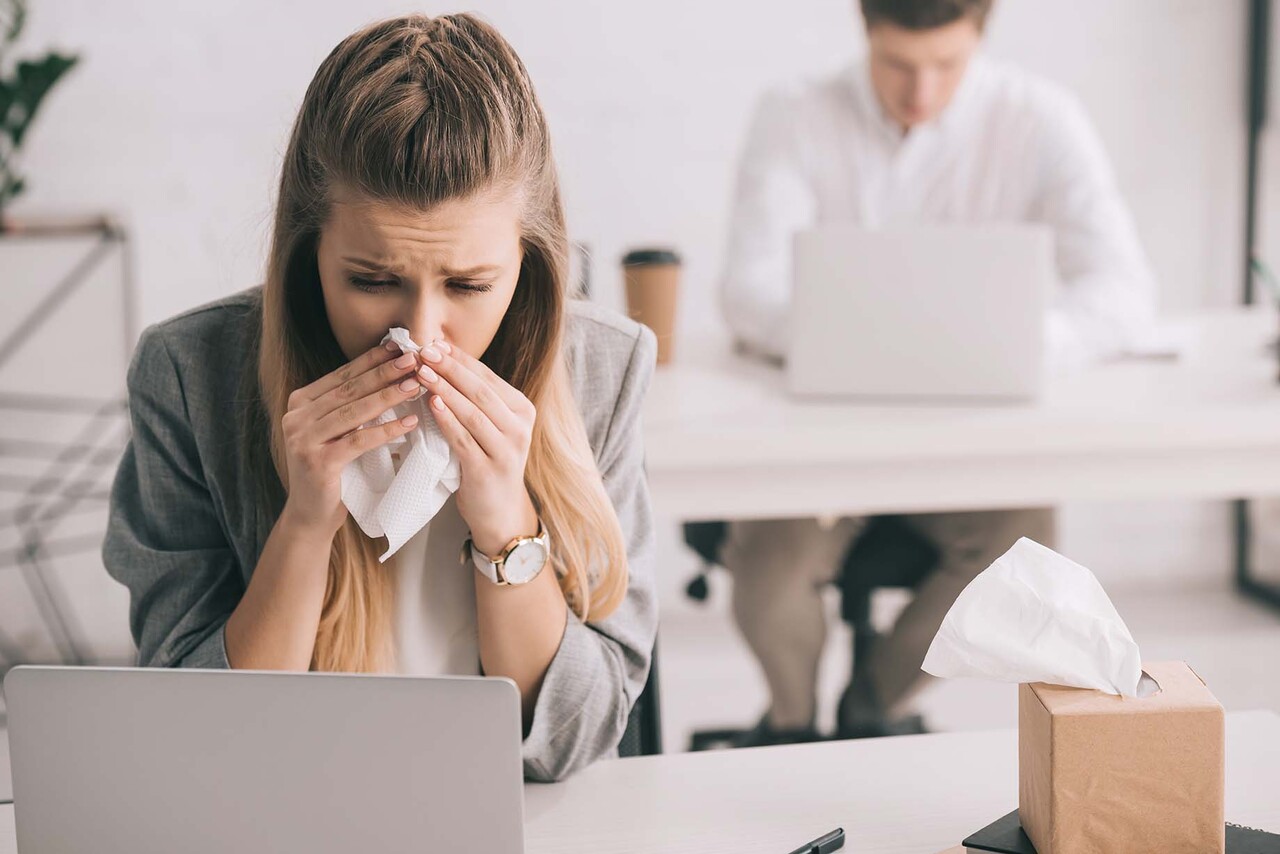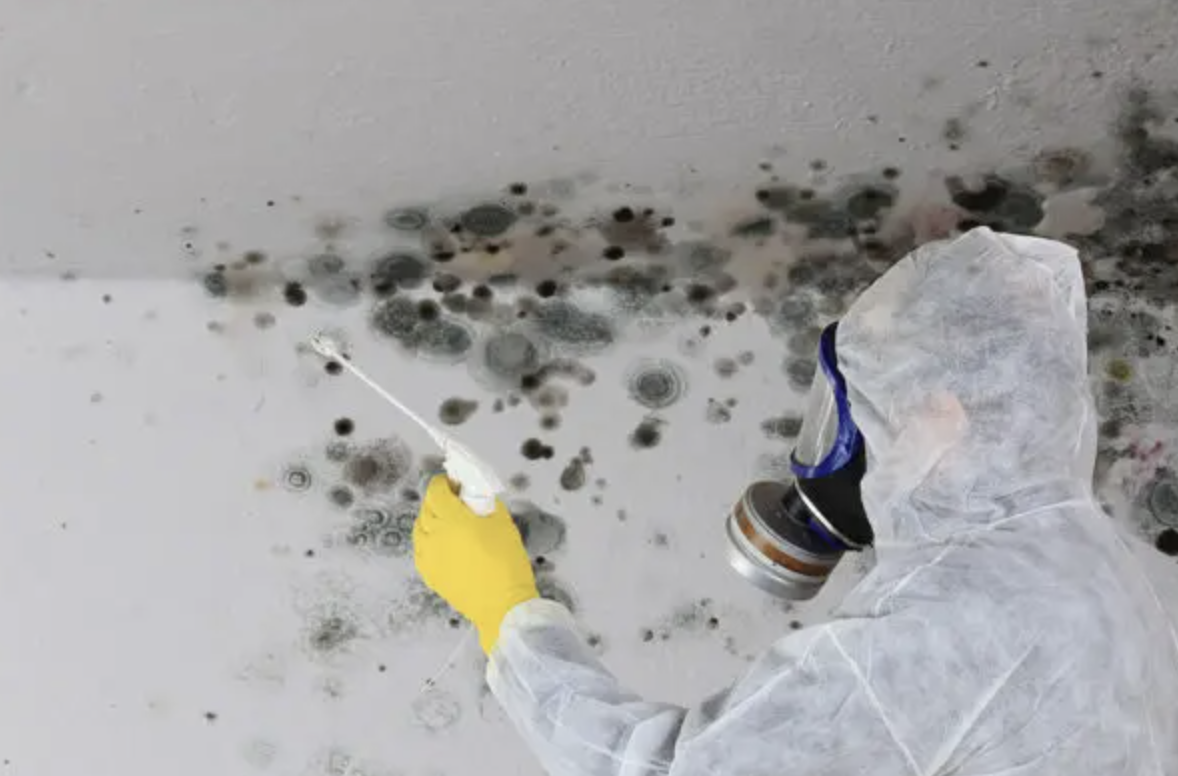Article by Joshua Kent
Moisture Master Pros OwnerMold is often considered a harmless nuisance, something that can be easily cleaned up with a bit of bleach and elbow grease. But the truth is mold exposure can have serious and far-reaching effects on our health and well-being. It’s a hidden danger lurking in homes and workplaces, silently wreaking havoc on our bodies and minds. We’ll take a closer look at the devastating effects of mold exposure and what you can do to protect yourself and your loved ones.
What is mold?
Mold is a type of fungus that can be found in many different environments, including homes. While mold is a natural part of the environment and plays a vital role in breaking down organic materials, it can also cause serious health problems if it grows indoors. When mold begins to grow in your home, it can lead to mold exposure, which is the inhalation or contact with mold spores or fragments. This can happen when the mold is disturbed, releasing the spores into the air, and can cause various health issues, especially for people with allergies or asthma. We will discuss the dangers of mold exposure in your home, how you can identify it, and how to take steps to prevent it.
How Do You Know if You Have Mold in Your House?

Mold is a common problem in homes and can have serious health consequences if not dealt with properly. However, mold can be difficult to detect, as it often grows in hidden areas, such as behind walls or under carpets.
So, how do you know if you have mold in your house? Below you’ll find common signs of mold, various types found in homes, and specific ways to identify them.
- Musty Odor. Yes, you can smell mold. If you notice a strong, musty smell in your home, it’s a good indication that there may be mold growing somewhere.
- Visible Growth. Additionally, visible mold growth is another obvious sign. Mold grows most often in bathrooms, kitchens, basements, and attics. It can appear as black, white, yellow, or green spots and can grow on various surfaces such as walls, ceilings, and floors.
- Respiratory Symptoms. Another common sign of mold is respiratory symptoms such as coughing, wheezing, and difficulty breathing. If you or someone in your household is experiencing these symptoms, it’s important to consider the possibility of mold exposure.
Common Types of Mold Found in Homes
Some of the most common indoor molds found in homes include Aspergillus, Cladosporium, and Stachybotrys (black mold).
Aspergillus mold can be found in damp areas, such as bathrooms and kitchens. It appears as a powdery substance and can be black, brown, or green.
Cladosporium is another common type of mold that can be found in homes. It’s typically found in damp areas, such as basements and attics, and can appear as black or green spots.
Stachybotrys, also known as “black mold,” is a toxic mold that grows in areas with high moisture levels, such as around leaks or flood-damaged areas. It’s typically black or dark green. Stachybotrys produces mycotoxins, toxic compounds that can have harmful effects on humans. These mycotoxins can be released into the air and inhaled, making it essential to address black mold growth as soon as it is detected.
If you suspect mold in your house, it’s important to have it professionally inspected and tested. A mold inspector will be able to identify the type of mold and its location and provide recommendations for the appropriate course of action.
For a complete breakdown of how to handle mold in your house, check out our Guide to Mold-Free Living here.
How is Mold Getting In?

Mold thrives in damp and humid environments. While it is always present in the air outside, mold can easily find its way into your home.
Mold commonly gets into your home through water damage, including leaks in your roof, walls, or pipes, overflowing sinks or bathtubs, and flooding. Once the water has entered your home, mold can grow within 24 to 48 hours, especially in warm and humid environments.
Poor ventilation can also lead to mold growth. Mold needs moisture to grow, so if you have a room in your home that is not well-ventilated, it can lead to excess moisture, providing the perfect environment for mold to thrive.
Mold can also be brought into your home on clothing, shoes, pets, or other objects from outside. This is why it’s essential to take off your shoes before entering your home and to wash or dry clean your clothes regularly.
Finally, mold can also get into your home through the air ducts of your heating system and air conditioner. This occurs if the ducts are not properly cleaned and maintained or if mold grows in your home and circulates through the air ducts.
Symptoms of Mold Exposure
Mold exposure is a serious issue that can significantly impact your health. It can cause a wide range of symptoms, from mild allergic reactions to more serious health problems, some of which may be mistaken for other illnesses. Below we explore the most common symptoms of mold exposure so that you can be better equipped to recognize them and take action if necessary.
Allergy Symptoms
One of the most common symptoms of mold exposure is a runny nose, sneezing, and red, itchy eyes. These symptoms resemble allergic reactions and can be caused by inhaling mold spores. Other symptoms of mold allergies include coughing, wheezing, and difficulty breathing. These symptoms are hazardous for people with asthma or other respiratory problems, as they can exacerbate them.
Irritations
Mold exposure can also cause skin irritation, including rashes, hives, and itching. These symptoms are caused by contact with mold spores or fragments and can be particularly severe for people with sensitive skin.
Other Health Issues
Another common symptom is fatigue. This can be caused by the body’s immune response to mold spores, which can drain your energy.
Headaches, memory problems, and general cognitive decline are also possible symptoms of mold exposure. This is because mold can cause inflammation in the brain, which can lead to these symptoms.
In some cases, mold exposure can lead to more serious health problems, such as chronic sinus infections, bronchitis, and pneumonia.
Steps to Take for Effective Mold Exposure Treatment
If you suspect you have been exposed to mold in your home, it’s important to take immediate action to protect your health and prevent further exposure. Here are several ways to treat mold exposure and what you can do to prevent it from happening again.
The first step in treating mold exposure is removing the mold’s source. This typically involves cleaning up any water damage, fixing leaks, and improving ventilation in the affected areas. If the mold is widespread, it is necessary to hire a professional to assess the situation and determine the best course of action.
Call Moisture Master Pros for Your Mold Issues!
Our team of experts uses state-of-the-art technology and techniques to quickly and effectively eliminate mold from your property.
Click Here to Contact Us Today!Once the source of the mold has been removed, it’s important to take steps to treat any symptoms of mold exposure. This may involve taking over-the-counter or prescription medications to relieve symptoms like a runny nose, sneezing, and itchy eyes. If you have a more serious respiratory condition, such as asthma, your doctor may prescribe a more aggressive treatment plan.
Finally, you absolutely need to take steps to prevent mold growth and exposure from happening again. This may involve making changes to your home, such as installing a dehumidifier or fixing any water damage promptly. It may also include lifestyle changes, such as wearing protective clothing when cleaning moldy areas and regularly washing your clothes and bedding.
Bottom Line
Exposure to mold in your home can have serious health effects. Your mold exposure treatment may involve removing the source of the mold, treating any symptoms, boosting your immune system, and preventing further exposure. By being proactive and taking the necessary steps, you can protect your health and avoid mold negatively impacting your life.



